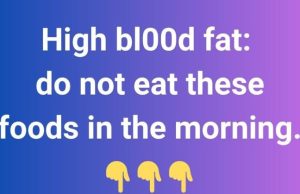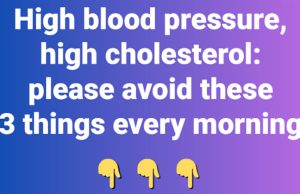
Nails are more than just a part of your appearance—they can serve as windows into your overall health. Shifts in nail color, texture, or shape may point to underlying medical conditions. Below are nine possible messages your nails could be sending about your well-being:
1. Pale or White Nails
If your nails have turned unusually light or white, it might indicate anemia, liver issues, or nutritional deficiencies. A reduction in red blood cells limits oxygen flow, which can drain the natural pink tone from your nails.
2. Yellow Nails
Nails with a yellowish tint often result from fungal infections, smoking, or excessive nail polish use. However, they may also be linked to more serious health problems such as thyroid disorders, diabetes, or long-term respiratory diseases.
3. Brittle or Cracked Nails
Frequent exposure to water or strong chemicals can make nails fragile or prone to splitting. Additionally, deficiencies in nutrients like iron, biotin, or vitamin C, as well as thyroid imbalances, can weaken nail strength.

4. Spoon-Shaped Nails (Koilonychia)
Nails that scoop upward like a spoon could be a red flag for iron-deficiency anemia. This condition diminishes hemoglobin, leaving nails weak and misshapen.
5. Dark Lines or Spots
Unexplained dark lines or patches under the nails might signal melanoma, a potentially life-threatening type of skin cancer. It’s essential to get such changes checked by a doctor right away.
6. Pitting or Dented Nails
Small pits or dents on the nail surface are often associated with skin disorders like psoriasis or autoimmune conditions such as alopecia areata. These surface irregularities reflect disruptions in nail formation.
7. Clubbing (Thickened and Downward-Curving Nails)
When the tips of your fingers swell and the nails curve downward, it could indicate reduced oxygen levels in the blood. This may be connected to lung or heart conditions.

8. White Spots or Streaks
While small white spots typically result from minor injuries and are harmless, persistent white streaks may point to calcium or zinc deficiencies, or, in rare instances, kidney issues.
9. Blue or Purple Nails
A bluish or purplish hue in your nails is a possible sign that your blood isn’t carrying enough oxygen. This could be due to respiratory or circulatory problems or a heart condition.
Closing Thoughts
Your nails can reflect what’s happening inside your body. If you observe lasting changes, it’s wise to consult a healthcare provider. Maintaining a healthy diet, drinking plenty of water, and practicing good nail hygiene can support strong, healthy nails.
By staying alert to the condition of your nails, you may be able to catch early signs of health issues and take timely action.
Doctor reveals clear sign in your fingernails that could tell you how long you have left to live

Scientists discovered that a common hygiene habit millions of Americans overlook could prevent you from having a str0ke.
We should know how important good hygiene habits are, not just for our health, but for the sake of those we come into contact with on a daily basis too.
A preliminary research to be presented at the American Stroke Association’s International Stroke Conference 2025, has found that practicing a particular dental habit just once a week may be connected to a lower risk of str0ke, led to a bl00d clot blocking brain blood flow and irregular heartbeats.

The habit sparks discussion – an important part of your dental care routine which not everyone adopts.
In fact, some 83 million adults in the US skip flossing, as per the National Institute of Health, with about 68 percent of people flossing at least once weekly.
The study found that if people who regularly floss their teeth – one or more times per week may lower their risk of stroke caused by a blood clot traveling from the heart, and a stroke related with an irregular heartbeat such as atrial fibrillation.
“We aimed to determine which oral hygiene behavior — dental flossing, brushing or regular dentist visits — has the greatest impact on stroke prevention.”

Some 6,000 peoples’ home dental routines were recorded in the study.
Acording the study, 4,092 had not suffered a str0ke, and 4,050 had not been diagnosed with an irregular heartbeat known as atrial fibrillation.
Participants were examined about their health history, including high blood pressure, diabetes, high cholesterol, smoking, body mass index, education, regular brushing and dentist visits.
“Oral health behaviors are linked to inflammation and artery hardening. Flossing may reduce stroke risk by lowering oral infections and inflammation and encouraging other healthy habits,” Sen said.
“Many people have expressed that dental care is costly.”
“Flossing is a healthy habit that is easy to adopt, affordable and accessible everywhere.”




















